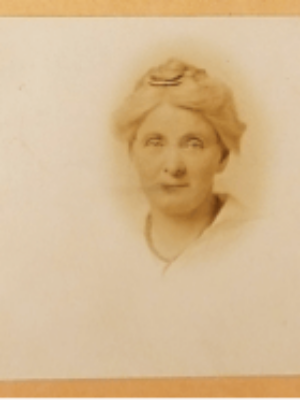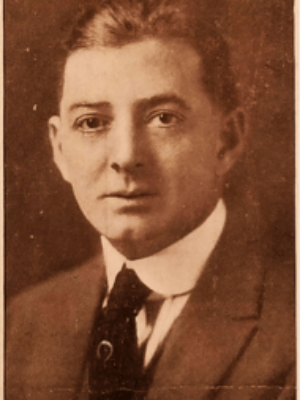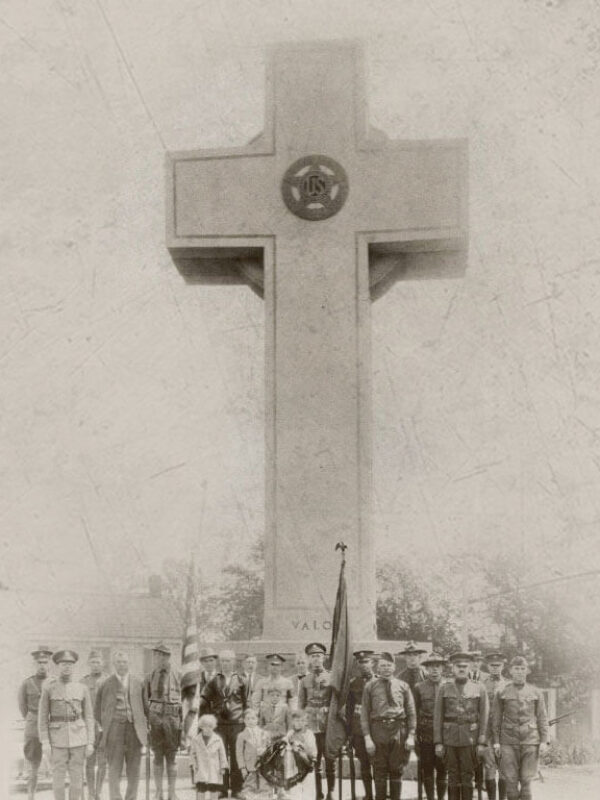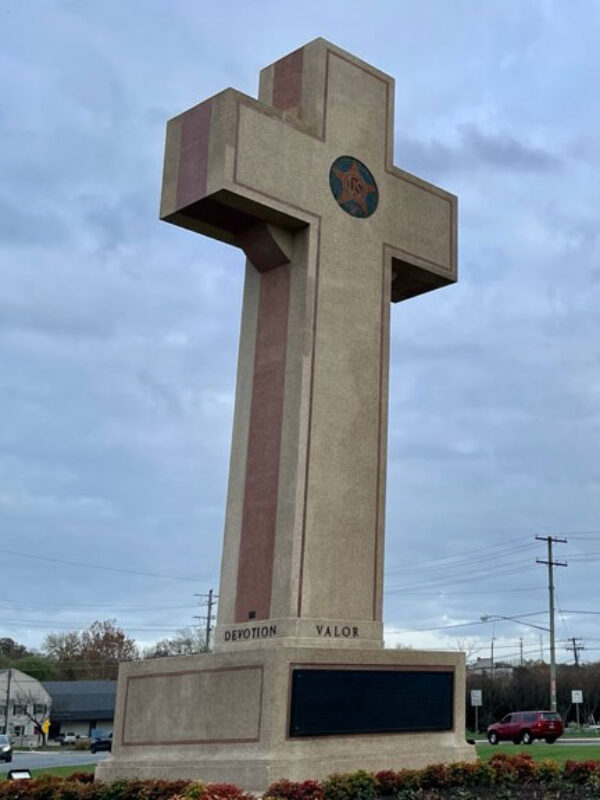A MOTHER’S MEMORIES ARE HER TREASURES.
THE SAME IS TRUE FOR OUR NATION.
by Howard Goldthwaite
In Luke’s account of the birth of Christ, after describing the trek to Bethlehem, the birth of Jesus, the shepherds, angels, etc., Luke mentions something Mary did that is universal to every mother: “Mary treasured all these things, pondering them in her heart.” (Luke 2:19)
To any mother, memories of her children are treasures.
Just hand a family photo album to almost any mother and watch the joy on her face as snapshots of her children bring back a flood of precious memories.
That’s why in 1918, after Martha J. Redman of Maryland lost her son William while he served in France during WWI, she felt the pain of every Gold Star mom. She was determined to treasure her son’s memory and keep it alive.
- Martha J. Redman
- Martha's son William F. Redman
William was one of 49 brave soldiers from Prince George’s County in Maryland who sacrificed their lives in WWI. Back then, fallen soldiers were rarely shipped back home; they were usually buried near the battlefield where they died. Considering that she couldn’t afford a sea voyage to France which could take months, she was faced with the heart-wrenching reality that she would never visit her son’s grave.
To honor his memory, she dedicated herself to creating a memorial to her son, as well as the 48 other men of Prince George’s County who perished in the fight for freedom. It would be a monument located nearby in Bladensburg, Maryland, where she and the other grieving families could visit it often.
Since the monument was a memorial to the ultimate sacrifice of these 49 soldiers, it was decided that a cross was the perfect symbol to honor their memory. The cross recalled the crosses marking the countless American graves on the Western front of that war, and became an internationally recognized symbol uniquely associated with World War I.
A patch of private land was donated, but fundraising for the memorial went slowly. In 1920, Mrs. Redman wrote a letter to her U.S. Senator, John Walter Smith. She explained that she was working to raise funds for the memorial because “my son, William F. Redman, lost his life in France and because of that I feel that our memorial cross is, in a way, his gravestone.” Senator Smith made a personal donation of $50, then joined the cause in spreading the word to raise more.
- The Bladensburg Peace Cross in the 1920s
- The Bladensburg Peace Cross Today
The American Legion, America’s largest association of veterans, also got involved with the memorial. With their help the monument was finally completed in 1925—and still stands proudly to honor the fallen. At the base of the 32- foot cross are four words: Valor. Endurance. Courage. Devotion.
The original patch of land which was donated for the Bladensburg Peace Cross was eventually incorporated by the state who took over ownership and maintenance of the cross. This set the stage for the next chapter in its history.
NOT EVERY BATTLE WAS FOUGHT OVERSEAS
In 2014, the American Humanist Association started a legal battle challenging government ownership of a religious-themed monument on public land. They demanded the memorial—and the memory of the fallen soldiers it honored—be removed.
The American Legion (who had stepped up almost a century earlier to help build the monument) bravely took up its defense, along with the state agency that had charge of the memorial. The Legion brought in First Liberty Institute and the law firm Jones Day as their legal team. The legal battle lasted five years.
While the district court found that the monument was constitutional, sadly, two appellate judges declared that the cross should go (one judge even floated a “compromise” of sawing the arms off the cross to remove its religious significance). The U.S. Court of Appeals for the Fourth Circuit slammed down its gavel and held that the memorial violated the First Amendment because of its cross shape.
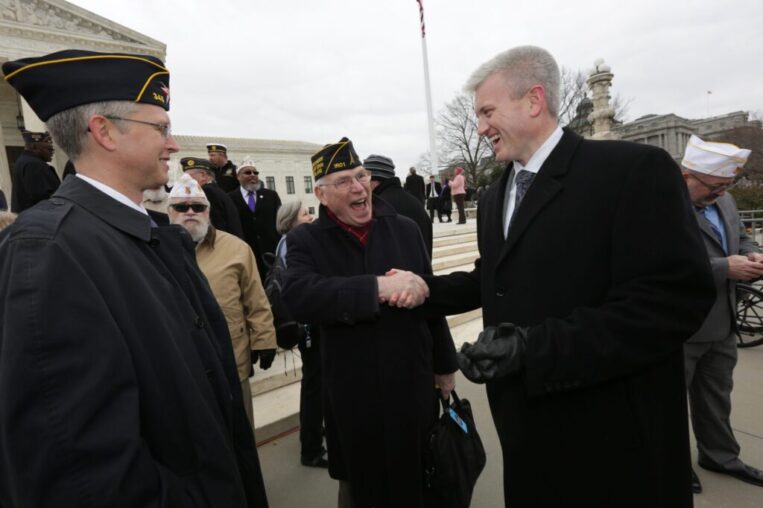
In 2019, the case made its way to the U.S. Supreme Court. In The American Legion v. American Humanist Association, the final Supreme Court decision was 7-2 in FAVOR of keeping the cross! In the majority opinion, Justice Samuel Alito eloquently summed up the essence of the case when he wrote: “A government that roams the land, tearing down monuments with religious symbolism and scrubbing away any reference to the divine will strike many as aggressively hostile to religion.”
If this case had been lost and the Bladensburg Peace Cross had fallen, who knows how many sacred memorials of our nation’s history—including white cross gravestones at national cemeteries—might have ended up in the garbage heap.
HISTORY IS MUCH EASIER TO REWRITE IF YOU ERASE IT FIRST
There are those who, like Justice Alito wrote, are determined to roam the land, tear down monuments, and scrub away any reference to the divine. They want to wipe the slate clean to rewrite America’s history the way they wish it had been. They want to erase every shred of evidence that America, as Thomas Jefferson wrote in the Declaration of Independence, was launched, “With a firm reliance on the protection of divine Providence.”
America came perilously close to losing the beloved Bladensburg Peace Cross, but this year marks its 100th triumphant anniversary. Just like every mother treasures memories of her children, let’s always treasure our country’s memorials.
If America ever forgets our rich history and tradition for public expressions of faith, we’ve lost the soul of our nation.

